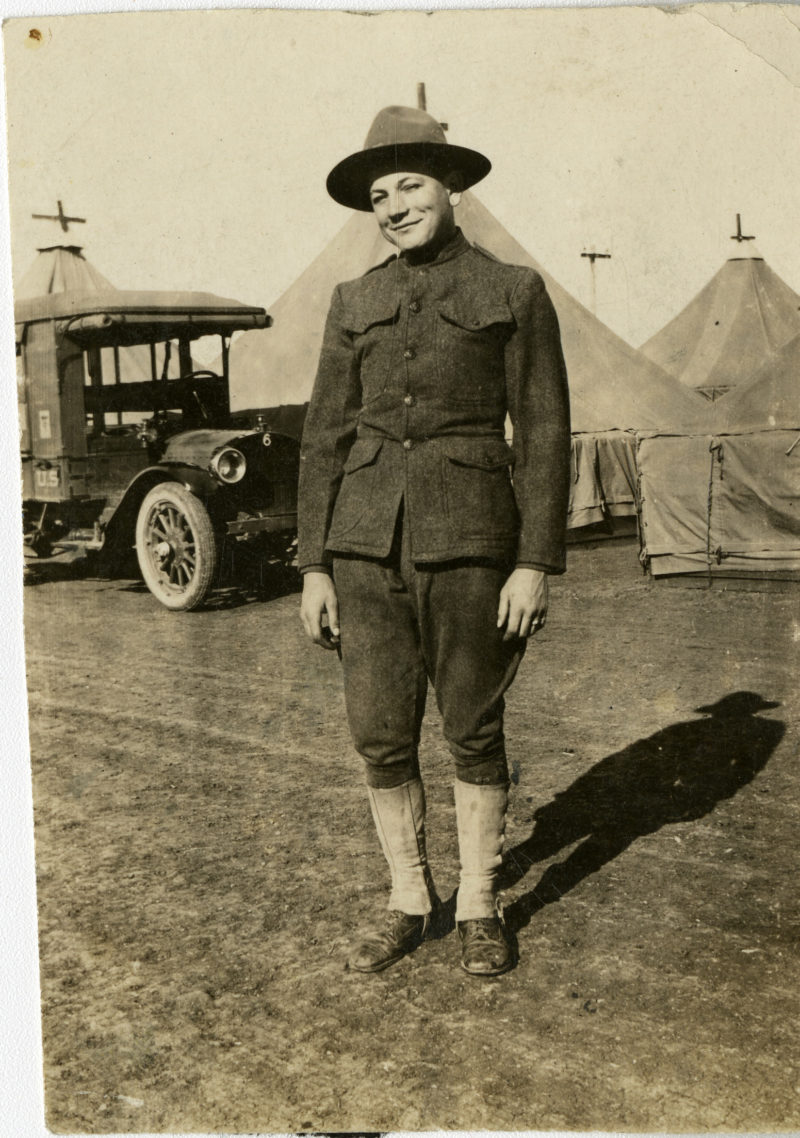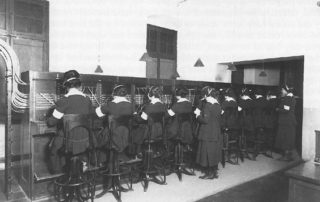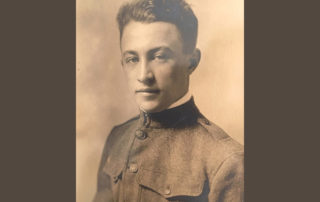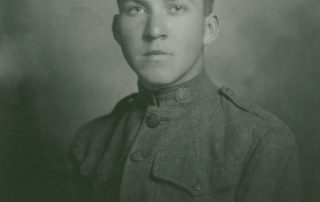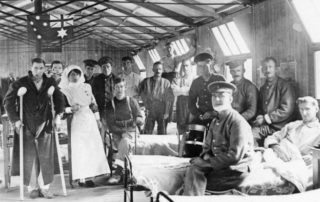In early 1917, John Pavlik enlisted in the Wisconsin National Guard. He was just 16 but he felt that American involvement in the Great War was inevitable, and he didn’t want to wait to get drafted to serve his country. Enlisting often comes with the advantage of being able to choose a specialty or unit. Pavlik was excited to get involved with a new element of warfare, motorized vehicles.
The unit that I wanted to be in was the Ambulance Company. That was the first time that the motorized Ambulance Company was being organized. Here before we had mules and wagon ambulances, and this was a mechanical—I always liked to drive.
Up until the beginning of the Great War, cavalry charges led by men on horseback were still a popular battle tactic. But it didn’t take long for forces on both sides to realize that horses were just as vulnerable as their riders to contemporary weapons like machine guns. They were even less equipped for the new style of fighting, trench warfare. Horses didn’t disappear from the battlefield, though. Horses and mules pulled equipment, artillery, and men, going where automobiles and trains couldn’t yet go.
As you know, all our guns were moved up by horses. The horses and the guns were moved up sometimes very fast, and we would be in the area where when we would get shelled they would drop shells which were filled with gas. We would then hear the Klaxon horn go “oo-ah, oo-ah, oo-ah,” whereby meant that you put your gas mask on. Well, the boys that were taking care of the artillery, the horses, their job was to put the gas mask on the horse first before they put their own mask on themselves. Horses were very valuable, and we needed that.
Even with motor vehicles, transportation was still painstakingly long compared to today’s standards. Or even those of the Vietnam War, which was going on when Pavlik was interviewed.
Okay, now when we picked this gentleman up, this soldier, he had been laying there for quite some time, wet, and we discovered that there were maggots in around the wound and so forth, indicating that he had suffered some very serious wound. We were able to get him back, and as to what I understand this that came out all right. Now, of course, it takes some time for him to get back. Our evacuation was very, very slow, as you compare that with today’s Vietnam War, for instance. Our people had to either walk back, be carried back by truck, or ambulance if they could get up far enough. Then later on by truck again to a railroad station where they could get him to the railroad cars to transport to the base hospital.
Every military conflict has seen advancements in technology, weaponry and transportation. The transition from horses to motorized vehicles is a poignant example of just how much has changed in the 100 years since the Great War.
This story was produced in partnership with the Wisconsin Veterans Museum. Discover more about Wisconsin in the First World War at the Wisconsin Veterans Museum’s Temporary Exhibit – WWI BEYOND THE TRENCHES: STORIES FROM THE FRONT.
